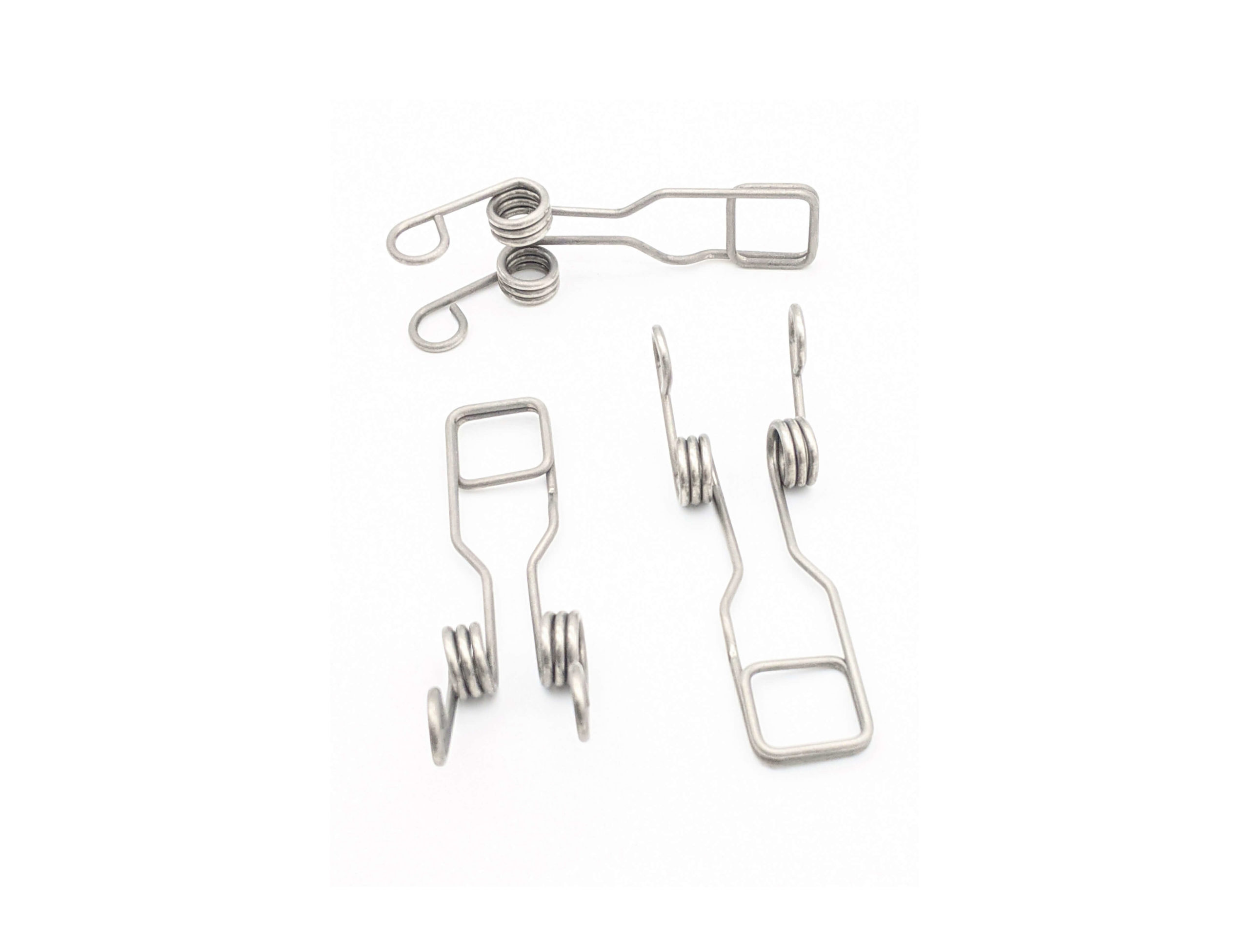Get unique, complex parts easily. No matter your requirements, Chaoyi Spring creates hard-to-produce coil springs and wire forms.
Let us help you create the custom wire form you need, from S-hooks and J-hooks to utility hooks and more.
We work closely with customers across a wide range of industries, helping them design and manufacture made-to-order parts.
Why choose Chaoyi Spring? We prioritize customer-focused collaboration, modern equipment and the latest technology to make your parts per print.
Find the information and guidance you need, from measuring a spring to learning about materials, placing an order and much more.
Are you working on a project that requires compressing springs? If so, you'll need a spring compression tool. These tools are essential for safely and effectively compressing springs, preventing injury


Are you working on a project that requires compressing springs? If so, you'll need a spring compression tool. These tools are essential for safely and effectively compressing springs, preventing injury and ensuring proper installation. But with so many different types of spring compression tools available, choosing the right one for your needs can be overwhelming. In this comprehensive guide, we'll discuss the different types of spring compression tools, factors to consider when renting, and tips for using them safely and effectively.

Spring compression tools come in various designs, each suited for specific spring types and applications. Understanding the different types will help you select the right tool for your project.
Internal compression tools are used to compress springs from the inside, typically employed for coil springs. These tools feature a pair of arms or jaws that are inserted into the spring's inner diameter. As the arms are pushed together, the spring is compressed.
External compression tools, as the name suggests, compress springs from the outside. They typically consist of a pair of jaws or clamps that grip the outer diameter of the spring. The jaws are then moved closer together, compressing the spring.
Hydraulic compression tools are powerful and versatile, often used for large and heavy-duty springs. They utilize hydraulic pressure to compress springs, providing greater force and control than manual tools.
When renting a spring compression tool, several factors should be considered to ensure you choose the right tool for your specific needs.
The first and most important factor is the type and size of the spring you need to compress. Different tools are designed to handle different spring diameters and lengths. Ensure the tool's capacity matches the spring you're working with.
The force required to compress the spring is another crucial consideration. Some springs require significant force to compress, and you'll need a tool that can handle that force. Look for tools with adjustable force settings or hydraulic options.
Safety should always be a top priority when working with spring compression tools. Choose a tool with safety features like spring release mechanisms and adjustable clamping forces to minimize risks.
Ensure the tool you rent is compatible with your application and existing equipment. Some tools might require specific adapters or attachments for proper use.
Rental costs vary depending on the tool's type, size, and rental duration. Compare prices from different rental companies to find the most cost-effective option.
Once you have the right spring compression tool, here are some tips for using it safely and effectively.
Before operating the tool, carefully read the manufacturer's instructions and safety guidelines.
Before using the tool, inspect it for any damage or wear and tear. Ensure all components are properly secured and functioning correctly.
Always wear safety glasses, gloves, and other appropriate personal protective equipment when operating a spring compression tool.
Begin by slowly compressing the spring, gradually increasing the force as needed. This will help prevent the spring from suddenly releasing and causing injury.
When releasing the compression, do so slowly and carefully. Avoid sudden movements or forceful release, which could cause the spring to rebound and cause injury.
Over-compressing a spring can damage it, so never compress it beyond its intended design limit.
For complex or high-risk applications, consider consulting a qualified professional. They can help you choose the right tool and ensure safe and effective operation.
Renting a spring compression tool can be a cost-effective solution for various projects. By understanding the different types of tools, considering the factors discussed above, and following safety tips, you can choose the right tool for your needs and complete your project safely and efficiently.
Browse some of the custom wire forms and springs that we manufacture. Don’t see what you need? We specialize in made-to-order products that meet your application requirements.
Visit Our GalleryNeed a custom wire form or coil spring? We make it work. Fill out the contact form and a representative will respond within 1 business day. If you have a PDF or CAD file, you can submit to request a quote.